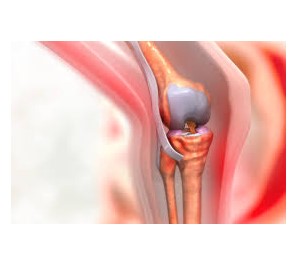If you suffer from knee pain, you may feel like you’re unable to enjoy the things you love doing. While knee replacement surgery is one option to help relieve joint pain, you may feel like you’re either too young or not ready for knee pain treatment.
An orthopedic surgeon at Knee Pain Doctor Long Island discusses ways for knee replacement surgery and the type of surgery.
What is knee replacement surgery?
Knee pain can be treated with a range of techniques, including conservative physical therapy, medication, and surgery.
When is knee replacement surgery advised?
Firstly, in the process of replacement surgery, you may take the advice of knee pain treatment specialists.
The patient will be questioned by the doctor regarding their symptoms, including when they first started, how bad they are, and what activities aggravate them.
During the physical examination, the doctor will look for swelling, tenderness, and instability in the knee. They may also check the range of motion in the knee and test for specific movements that can help diagnose certain conditions.
In some cases, the knee pain doctor may order imaging tests to help diagnose the cause of the knee pain. These could be ultrasounds, CT scans, MRIs, or X-rays. Imaging studies can be used to detect abnormal structural variations in the knee joint, arthritis, and tears in the meniscus or ligaments.

● Osteoarthritis: It is the most common indication for knee replacement.
● Rheumatoid arthritis: Despite receiving medical treatment, rheumatoid arthritis can sometimes advance quickly and cause lasting damage. In these cases, surgery can offer long-term relief.
● Deformities:Deformities: People who present with knock knees or bow legs may have improperly fixed fractures. Congenital disorders may also be to blame.Restoration of function and posture can be achieved by knee replacement.
● Knee injuries: Fractures or ligament tears beyond repair may require replacement of the joint for relief of symptoms.
Types of knee replacement surgery
● Partial knee replacement: Partial replacement of the knee joint involves replacing only the damaged parts of the knee joint with non-reactive metal or plastic materials. As a result, partial knee replacement requires fewer incisions around the joint and has a shorter recovery period.
● Total knee replacement: This involves removing parts of the shin bone (tibia), the thigh bone (femur), and the kneecap (patella), which are replaced by an artificial joint made using metal alloys and polymers.

● Patellofemoral replacement: This entails replacing the kneecap's underside as well as the groove on which it rests. It is an effective solution for patients suffering from chronic patellar arthritis.
● Complex or revision knee replacement: Patients with severe arthritis or those who have previously undergone knee replacement surgery are candidates for this technique.
● Cartilage restoration: Knee damage only involving the cartilage can be addressed by living cartilage grafts or cells that grow into cartilage. This has been shown to give promising results in some patients.
Conclusion
Knee pain treatment varies from patient to patient. If you are suffering from knee pain, then it is important to undergo a detailed diagnosis to understand the severity of the condition and plan out the best treatment accordingly. Medication and lifestyle modifications can readily be used to control moderate discomfort. But if the pain is severe, then you require the best knee pain treatment specialists Long Island for the surgical intervention.





Comments